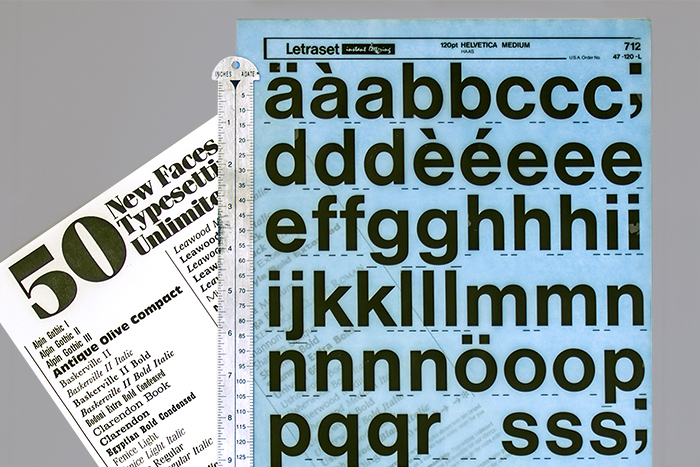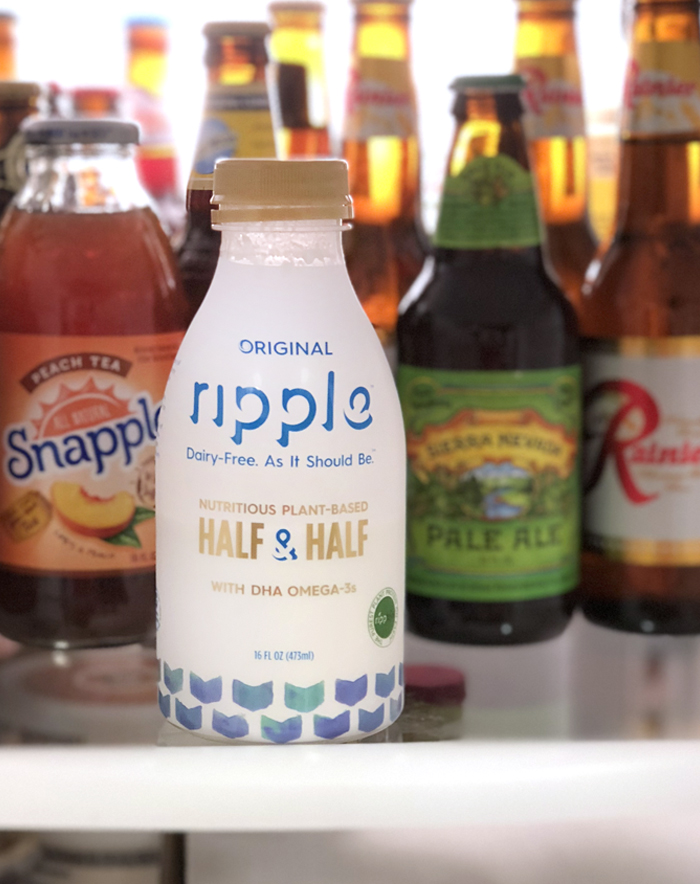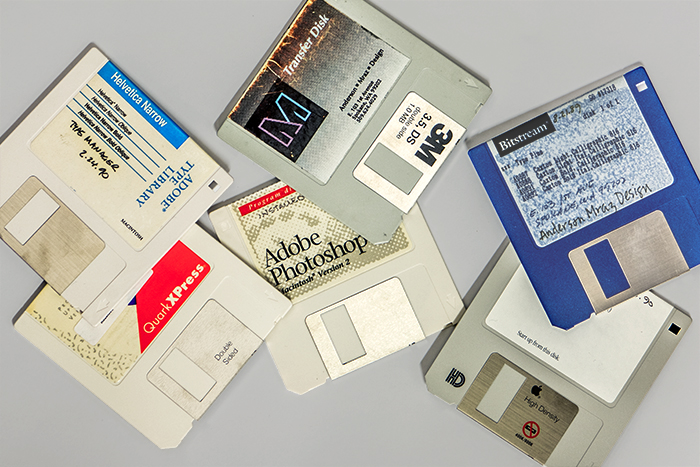So we’re midway through Black History Month, which can be pretty intimidating for white folk like me in an era in which a word like “racism” has lost all meaning – and when the concept of “privilege” has become completely unmoored from reality.
How do we celebrate? Should we? Dare we, lest we offend someone?
This isn’t the place to get into all that, I reckon. So let me offer up a recommendation: Wadada Leo Smith’s Ten Freedom Summers, an epic four-and-a-half-hour composition that took Smith more than 30 years to complete. It’s hard to describe, but the entry on the Pulitzer website does a pretty good job: “An expansive jazz work that memorializes 10 key moments in the history of civil rights in America, fusing composed and improvised passages into powerful, eloquent music.”
![]()
“More than anything,” writes Josh Langhoff at PopMatters, “Freedom is about sound: the tangible, physically beautiful sounds of Smith’s imperative trumpet and of different instruments in combination, testing their own limits.”
BBC Music’s Daniel Spicer wrote that Freedom “is a spiritual call to action, a powerful argument not just for civil rights but for universal human rights; a vision not just of a better America, but a better humanity; a plea for compassion and, yes, love.”
“It’s a major work for Mr. Smith,” sums up Ben Ratliff at the New York Times, “and for the ambitious and experimental end of post-Coltrane jazz he represents, the kind of music in which intuitive and collective improvising meets strict notation.”
As for me, well…I find Freedom utterly mesmerizing. I have a few of Smith’s recordings; this, I think, is his most personal. His trumpet playing is at once plaintive and elegiac, clean and pure, soulful and beautiful – punctuated, at times, by appropriately righteous anger. And though the scope of the work itself is massive, I tend to think of the individual pieces themselves as meditations; intimate reflections on a time in our history that can best be described through Huxley’s dictum that, “after silence, that which comes nearest to expressing the inexpressible is music.”
It’s a truly remarkable achievement.
posted by: Aaron Bragg | category: random thoughts | make a comment





